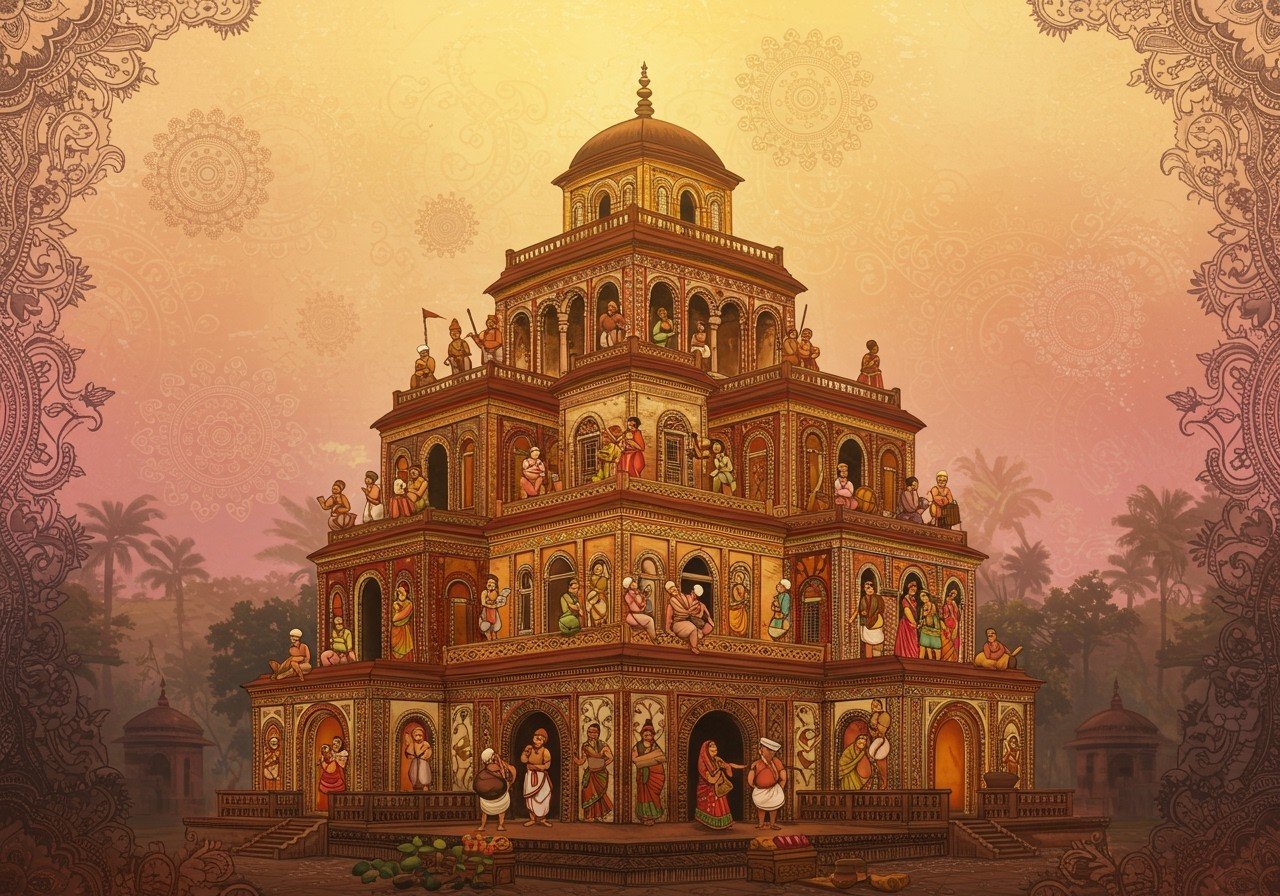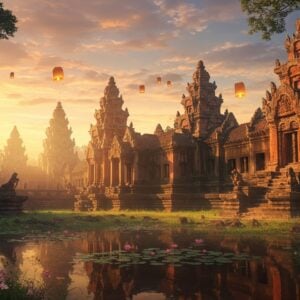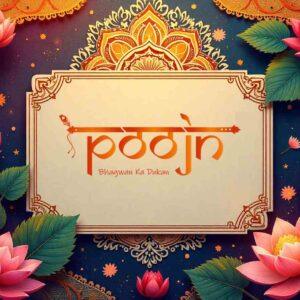
The Bengali Hindu caste system is a complex and ancient social structure deeply woven into the cultural fabric of Bengal. For those who value tradition and cultural heritage, understanding its origins, evolution, and unique characteristics offers a deeper appreciation of its influence on social hierarchy and community practices. This exploration is particularly relevant in 2025 as we navigate a world where tradition intersects with modern perspectives.
Historical Context and Evolution
Rooted in India’s ancient varna system, the Bengali Hindu caste system initially comprised four main groups: Brahmins, Kshatriyas, Vaishyas, and Shudras. Over time, historical events, including Mughal and British rule, significantly impacted its development in Bengal. These influences, coupled with urbanization and globalization, have brought about shifts in caste dynamics. Key figures and reform movements have played a role in challenging or changing caste boundaries, while religious texts continue to hold a crucial place in defining caste identities and practices.
Bengali Hindu Caste System: Unique Characteristics and Historical Influences
The caste system among Bengali Hindus, while sharing similarities with the traditional varna system, possesses distinct characteristics that set it apart from other regions of India. Understanding these nuances provides valuable insight into Bengal’s rich social dynamics and cultural tapestry.
The Varna System in Bengal
The traditional *varna* system categorizes society into four main groups: Brahmins (priests and scholars), Kshatriyas (rulers and warriors), Vaishyas (merchants and traders), and Shudras (laborers and servants). However, in Bengal, this four-fold classification wasn’t as rigidly observed. The primary distinction was between Brahmins and non-Brahmins, with the Kshatriya and Vaishya categories being less prominent. This unique aspect shaped a distinct social structure in the region.
The Jati System: Occupational Diversity
The jati system, referring to specific occupational groups and communities, became highly intricate in Bengal. A multitude of specialized occupational groups emerged, each generally classified as Shudras within the broader varna system. This complexity reflects the diverse range of professions that developed over time, each playing a unique role in Bengali society.
Social Hierarchy and Specific Castes
Brahmins traditionally occupied the highest social position. Non-Brahmin jatis were broadly categorized into hierarchical tiers: superior, medium, and inferior. Some groups were designated as “antyaja” or untouchable, often associated with professions considered “unclean” by societal norms. This hierarchical structure significantly impacted social interactions and opportunities.
- Brahmins: This group, further divided into sub-categories like Rarhis, Barendries, Vedic Brahmans, Kamrupi Brahmans, and Agradani Brahmans, held a revered position in society. They were primarily associated with priestly duties and scholarship, playing a crucial role in religious and intellectual life.
- Kayasthas: Along with Brahmins and Baidyas, Kayasthas were considered among the upper castes. Historically, they served as scribes, administrators, and record-keepers, contributing significantly to governance and record-keeping. Their role placed them in a position of influence within the social hierarchy.
- Dalits: Constituting a significant portion of Bengal’s population, prominent Dalit castes include Namashudras and Rajbonghis. Other Dalit castes include Bagdi, Bauri, Chamar, Dom, and Muchi. They historically faced social discrimination and limited opportunities.
Other Occupational Castes
The Bengali Hindu caste system also encompassed a wide array of artisan and service castes, each contributing essential skills and services to the community. These included:
- Swarnakar (goldsmith): Skilled artisans crafting intricate jewelry and ornaments, holding a respected position within the community.
- Tanti (weaver): Essential for creating textiles and clothing, playing a vital role in daily life.
- Karmakar (blacksmith): Providing crucial tools and implements for various occupations, contributing to the economic backbone of the community.
- Kumbhakar (potter): Creating essential household items and pottery, playing a significant role in daily life.
- Napit (barber): Providing grooming services, an integral part of community life.
Regional Variations and Historical Influences
Bengal, geographically situated outside the traditional “Aryavarta” region, experienced unique historical influences. The significant impact of Buddhism and Jainism shaped the development of the caste system in distinct ways. The Brihaddharma Purana, a key religious text, acknowledges the intermixing of varnas in Bengal, further highlighting the region’s unique social dynamics.
Modern Perspectives on Caste
While some perspectives suggest that the caste system in Bengal is less rigid today compared to other regions, it’s crucial to acknowledge that caste-based discrimination and disparities persist. Upper castes continue to wield significant influence in various institutions, underscoring the ongoing impact of this complex social structure. The journey toward a more equitable society requires ongoing dialogue and efforts to address these disparities.
Essential Bengali Wedding Items from Poojn.in
Planning a Bengali wedding? Poojn.in offers a wide selection of authentic ritual items and accessories for Bengali Hindu weddings across all castes, helping families uphold treasured customs and traditions. Our collection includes:
- Premium Topor Mukut Sets: Exquisitely handcrafted from pure shola for the Bengali bride and groom. Browse our Topor Mukut collection
- Pure Cotton Gamcha: The traditional ceremonial cloth, essential for various rituals, symbolizing respect and tradition. Explore our Gamcha selection
- Complete Wedding Puja Samagri Kits: Ensuring you have everything needed for a sacred and auspicious ceremony.Find your perfect Puja Samagri Kit
- Customized Wedding Accessories: Add a personal touch to your special day with our range of customizable accessories.
To order these items or seek expert guidance on Bengali wedding rituals, connect with Poojn.in:
- Phone: 03369029784
- WhatsApp: 9476142738
All our products undergo stringent quality checks and are shipped across India with secure packaging. Poojn.in is committed to providing authentic and high-quality items for every Bengali Hindu wedding, irrespective of caste or community. Visit www.poojn.in for our complete collection of wedding essentials.
Note: Prices are subject to change. Please check our website for current rates.
Embracing Tradition with Modern Understanding
The Bengali Hindu caste system, a tapestry woven with unique threads and historical influences, offers a captivating glimpse into Bengal’s rich cultural heritage. While sharing the foundational concept of the four varnas, Bengal’s unique social structure and occupational diversity create a distinctive narrative. Recognizing these differences enhances our understanding and appreciation of the cultural richness and social dynamics that have shaped Bengal through the ages. As we move forward, it’s essential to embrace tradition with a modern, inclusive understanding, fostering a society that respects its past while striving for social harmony and equality.
FAQs on Bengali Hindu Caste System
What exactly is the Bengali Hindu caste system? It’s a social structure rooted in history, categorizing people based on occupation and family lineage, which continues to influence social interactions in Bengal. How many main castes are there? The traditional framework includes four primary castes: Brahmins, Kshatriyas, Vaishyas, and Shudras, with each having its own sub-castes and communities. What does Bengali Hindu gotra signify? Gotra represents a lineage or clan assigned at birth, based on ancient sages, and those within the same gotra are considered to share a familial connection. Are there specific Bengali Hindu last names for each caste? Yes, certain surnames are traditionally linked to particular castes. “Chatterjee” and “Mukherjee,” for instance, are often associated with Brahmins. How do Bengali Hindu surnames reflect caste? Surnames often provide clues about a family’s historical occupation or ancestral lineage, indicating social roles and community standing. Is the caste system still relevant in 2025? While its rigidity has lessened over time, the caste system continues to hold cultural significance, especially in social events like marriages and religious ceremonies. Can people from different gotras marry? Traditionally, marrying outside one’s gotra is preferred to avoid marrying within the same lineage. However, modern practices vary among families and communities.
Further explore the profound connections between Dharma and Karma with our insightful blog post Dharma and Karma in Hinduism Explained and delve into the global presence of Hinduism in Hinduism’s Global Reach: A Look at Its Diverse Traditions. For a comprehensive guide to Hindu deities, visit our post on Hindu Gods and Goddesses: A Complete Guide to the Pantheon and discover the vibrant celebrations of Holi and Raksha Bandhan in Holi and Raksha Bandhan: Celebrating Color and Brotherhood.


